Hello fellow pilots! I hope you are ready for all your new storage capacities, because the way things are looking, we are going to need MORE. When I started in photography it was the year 1997. In that same year my dad bought the brand new Sony Mavica, the first one of the series, and instead of film, used 3.5” diskettes. My camera, on the other side, used 35mm film.

The storage space I needed was PHYSICAL storage space to put the negatives there (I still have a big briefcase full of negatives from that era). I think my dad still has a lot of diskettes full of old photos, I should ask him to sent those to me, so I can organize them.
Then and Now
And I remember that in each diskette he could record around 20 or 30 images at the minimum resolution, I just remember that the highest one was 1024 x 768 (a number forged into my brain for being the screen resolution I loved when young but every other people liked the 800 x 600 because they could see better the letters and numbers, now, at 42 years old, I understood them) and in that moment, he knew that the space he needs it has to be… larger.
Many years have passed since those ancient times, in 2007 I got my first DSLR, the legendary (for me, and it was because in part because it could sync on camera flash at 1/500, something that most cameras now in 2025 can’t do without special hardware) Nikon D70. 6.1 megapixels of pure joy.

Pictures vs. Video
The D70 raws (called .NEFs) had a size of around 5 MB each one. I took hundreds of thousands of pictures with that camera until I sold it in 2014. And I have a backup of those raws in some old hard drives. After that camera, it came a Nikon D200, then a D300, D300s, D700, D90, D3 and D3S until my last Nikon, the D4. Here you can see some pictures I made with that D70.
In 2017, I got my fist aerial camera: the DJI Mavic Air. As I have told you many times in other articles, my main interest in getting the drone was to shoot aerial photography, at the time I DID NOT KNOW that the Mavic Air was able to shoot 4K video. That was an unexpected surprise.
Videography has entered into the chat
I started shoothing drone videos out of curiosity, and doing that liked me that much, that gave a shift to my whole career. It tooks me to buy my first mirrorless camera, the original Sony A7. It was crazy that I had a drone that shooted 4K and a camera that shooted 1080, but hey, that’s life. And as with the drone and the camera came the video, I discovered something that make my life a little uncomfourtable: I was going to need more storage.
You know, when you shoot a picture in raw, off course that you could edit it and export it as a final jpg. And that jpg is going to use way less space in your hard drive. Developed photos are the ones you like to show, to print, to share. In the case of the video, the video itself from the drone and the camera just came in different resolutions, but with a bitrate that was eating my hard drives. And you didn’t edit the video at the same speed that you develop raw pictures… So what could save me? Did I had to edit all the footage? Did I have to buy new and bigger hard drives?
To RAID or No to RAID
And with newer cameras, the better the quality, the higher the bitrate. After the Mavic Air, it came the Mavic 2 Pro. And the Inspire. And the Air 2S (5.4K, now that was big, with a bitrate of 150 mbps). Those on the flying side. Because after the A7 came the A7S, then the A7SII, then the A7RII, then the A7III and now the FX30 (600 mbps in All-Intra Codec). In this moment, I have at least 8 hard drives adding more than 35 TB of hard disk space… and that is a small number in front of other people that I know that they build their own servers in their homes and speak in RAID 0 language, and dreams in petabytes.
Yesterday, the DJI Mavic 4 Pro came out and the creator version came with an special H.264 All-Intra Codec that records at 1200 mbps. That drone has an internal 512 GB memory. So if you are going to record in the maximum quality, do your math… But just knowing that one second of video could weight 1.2 GB… it scares me.

What can we do?
So, meanwhile there are some options that I use and I can recommend you:
- Cull your material. Not everything deserves to be saved.
- I have some disk drives for long time storage, separated by years. Those are big 4-8 TB drives. You don’t use this often, just for backups.
- If buying drives is hard for you at the moment, there is this strategy that will use some time, but is free: open a YouTube channel and start uploading the videos you want to back up and “publish” them as PRIVATE videos. Off course, Youtube WILL compress the videos, but this one is free and will let you upload a lot of material.

Do you suffer from lack of space when you work or record for yourself? Let me know in the comments.
Discover more from DroneXL.co
Subscribe to get the latest posts sent to your email.
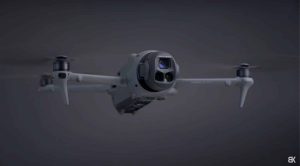

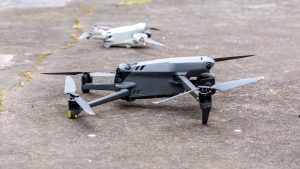
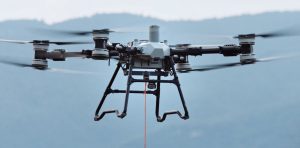
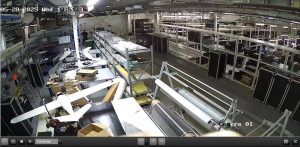


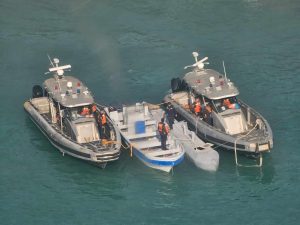
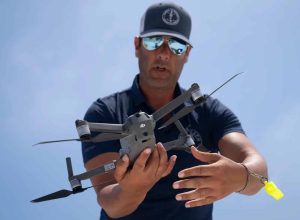
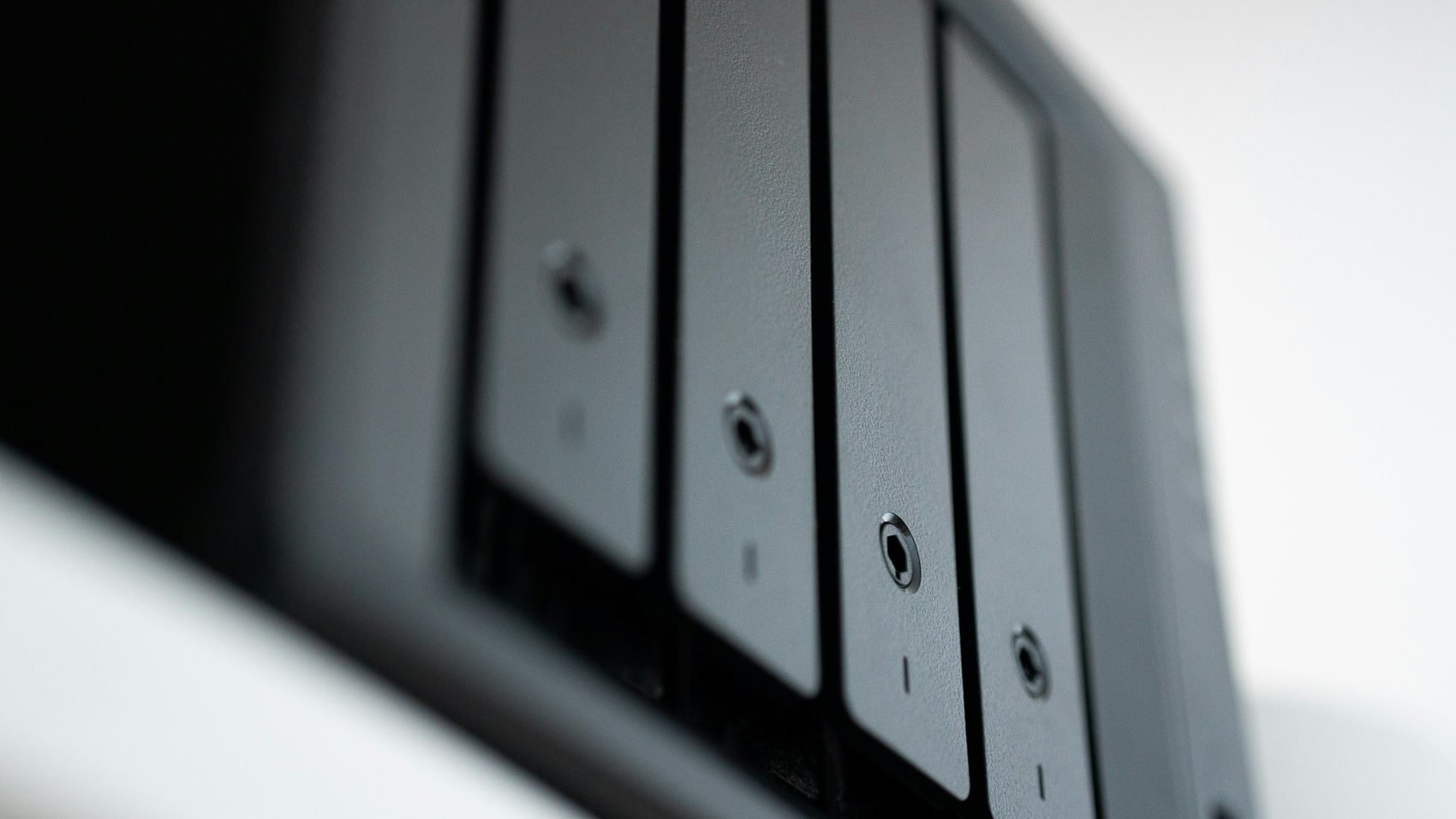
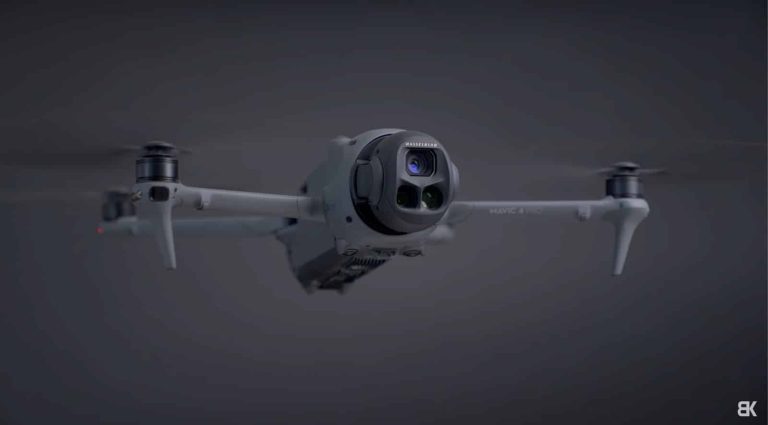
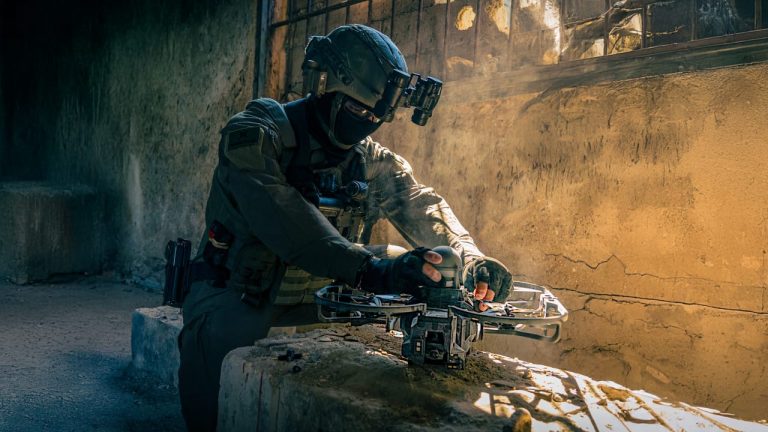
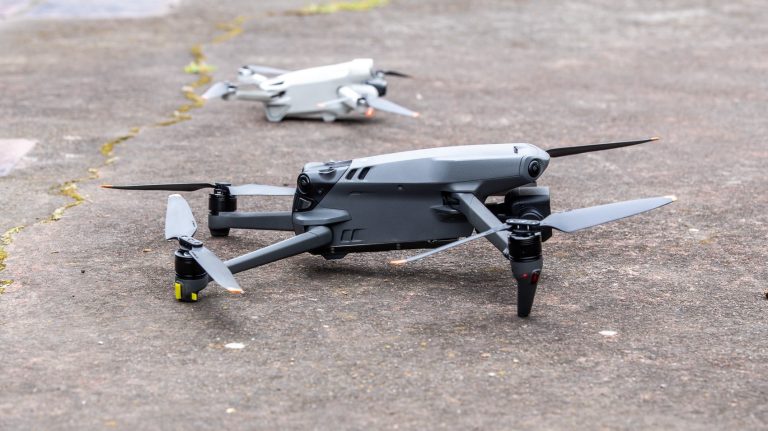
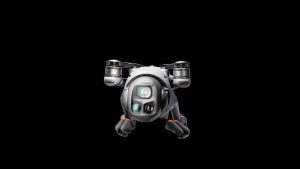
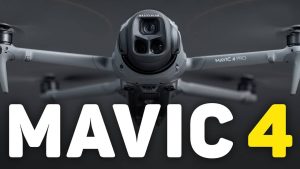
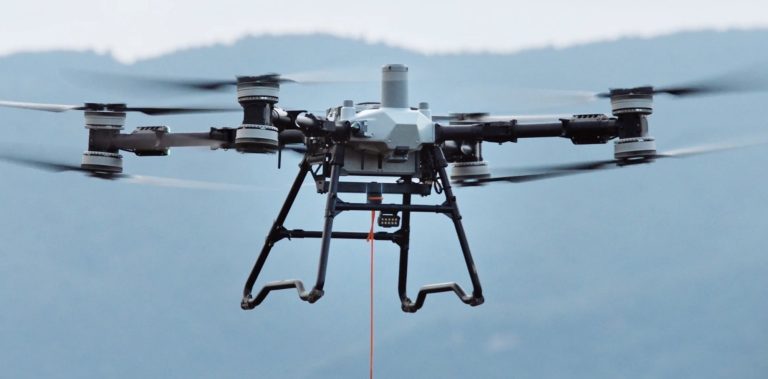
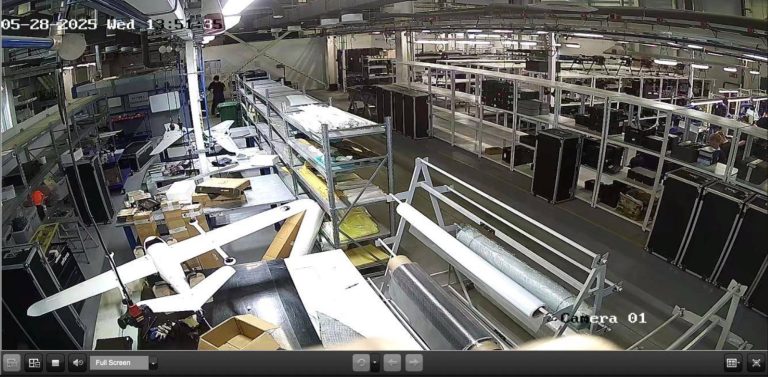
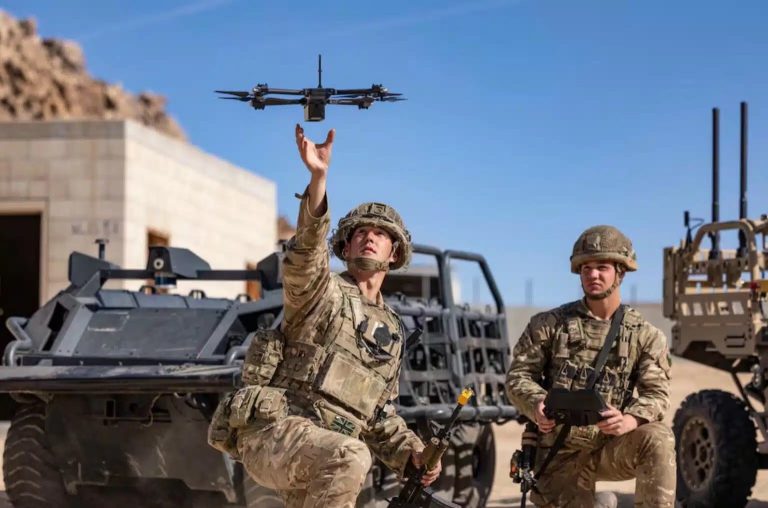

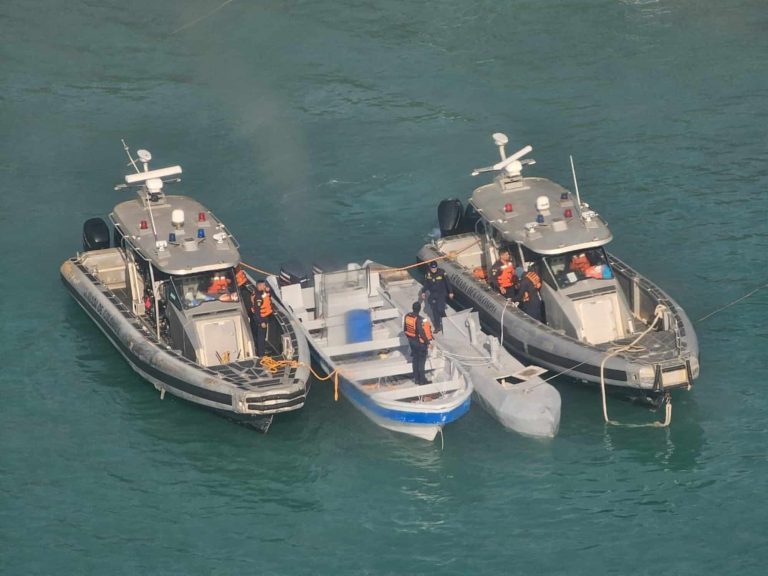
+ There are no comments
Add yours